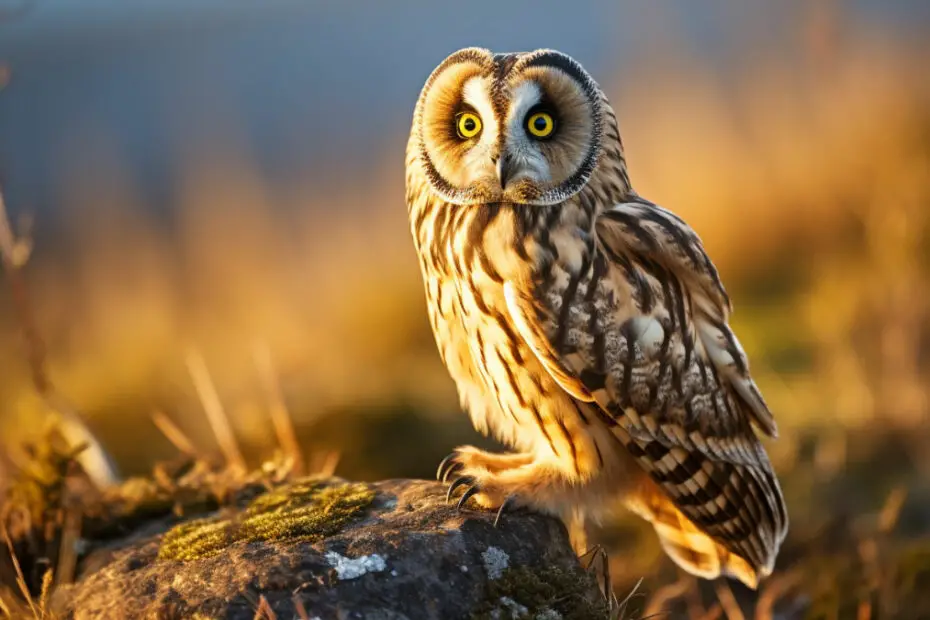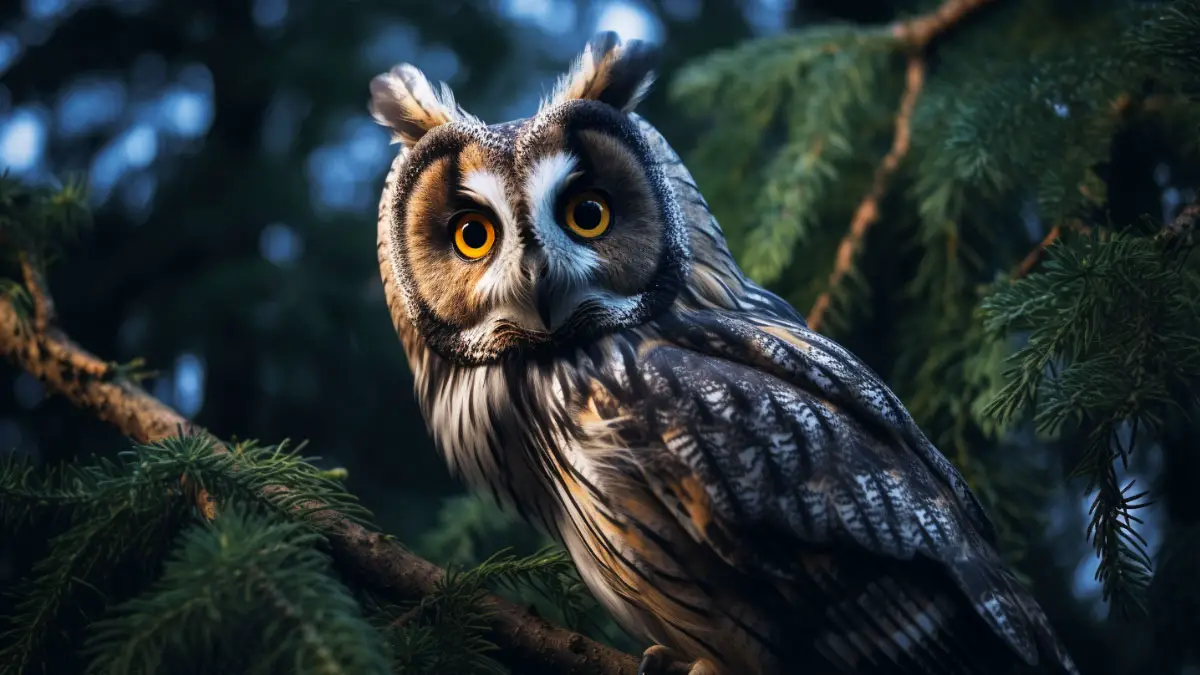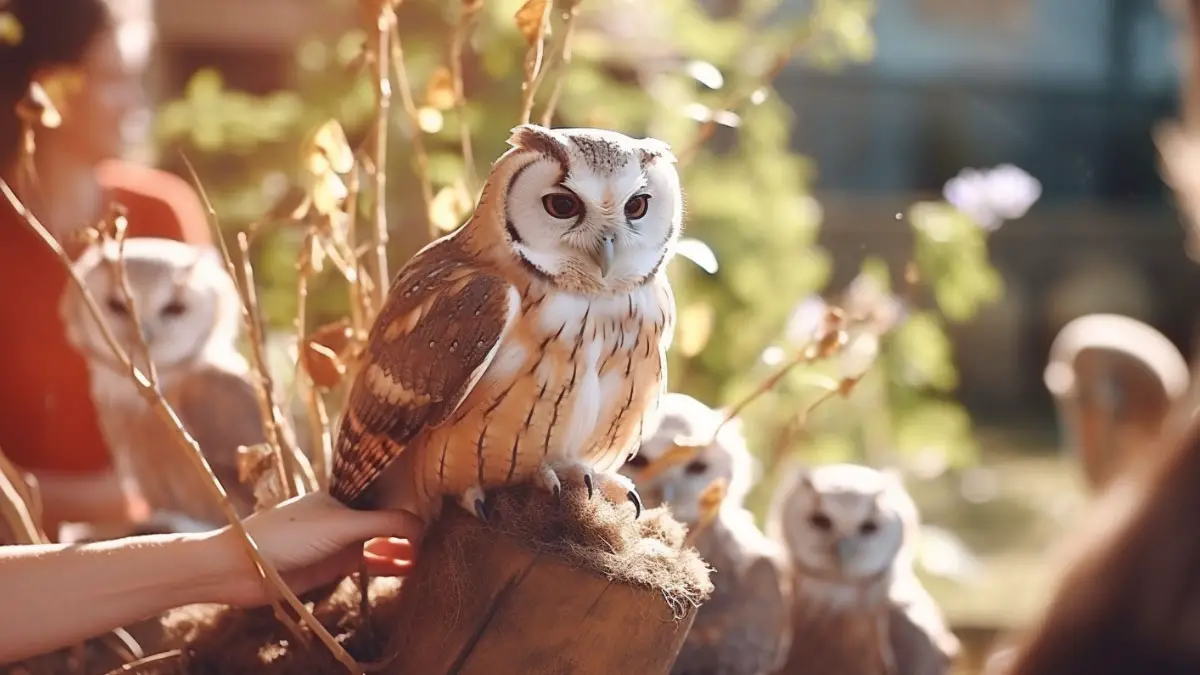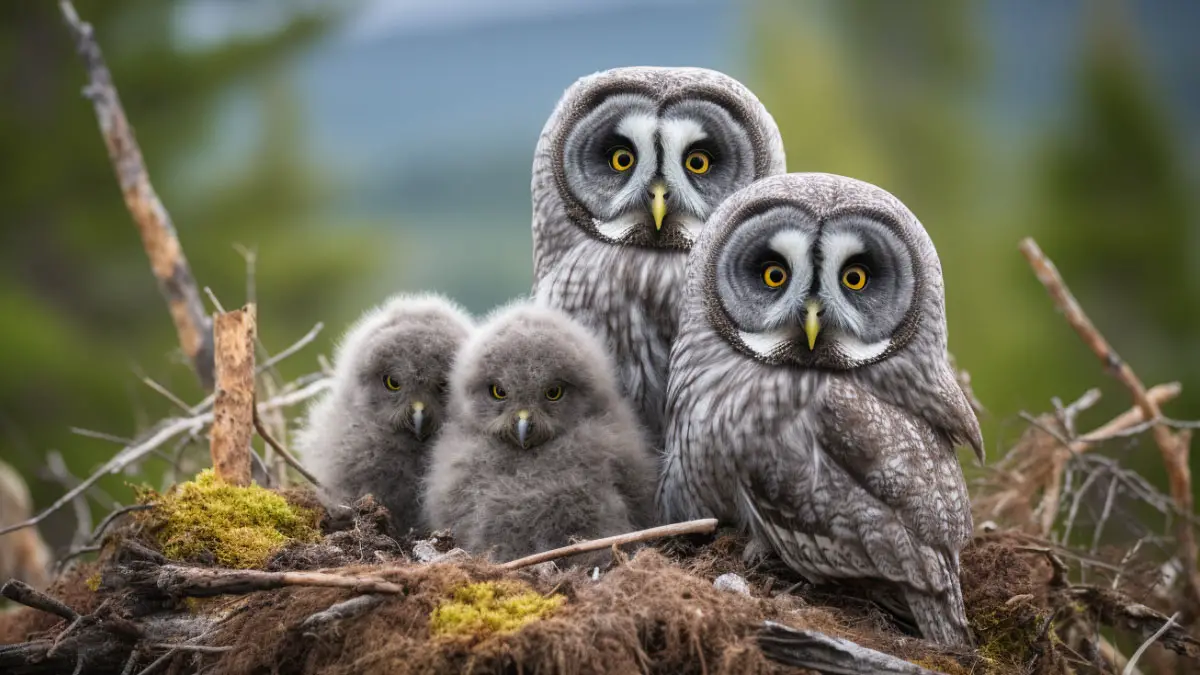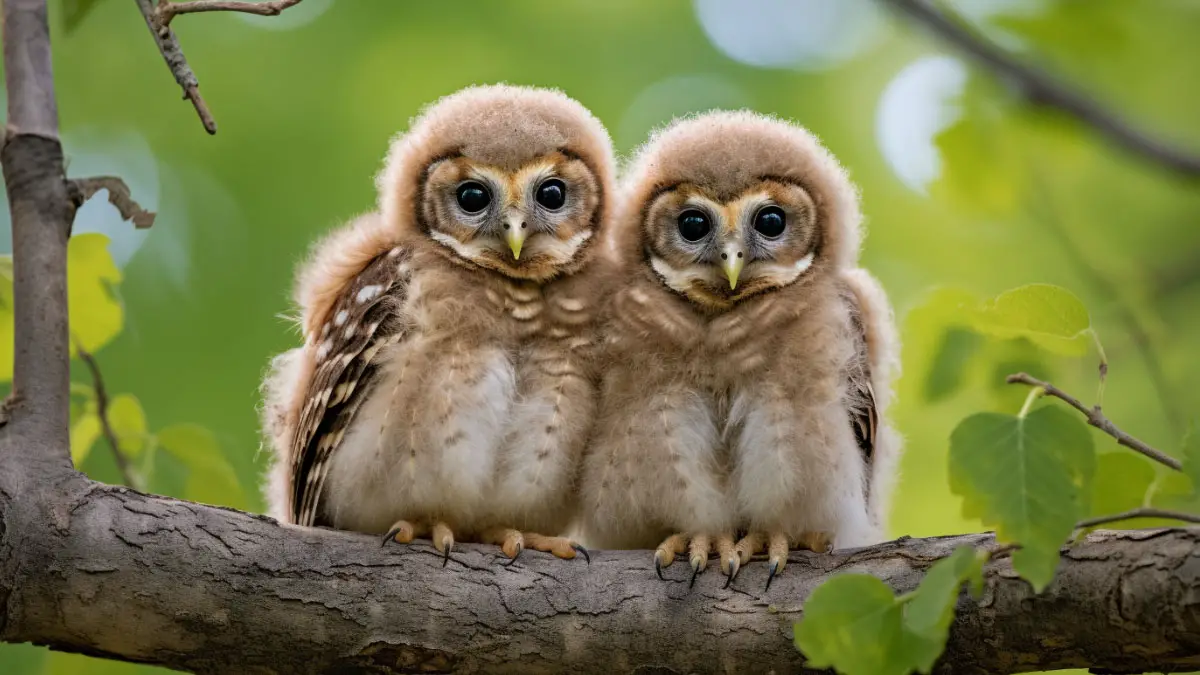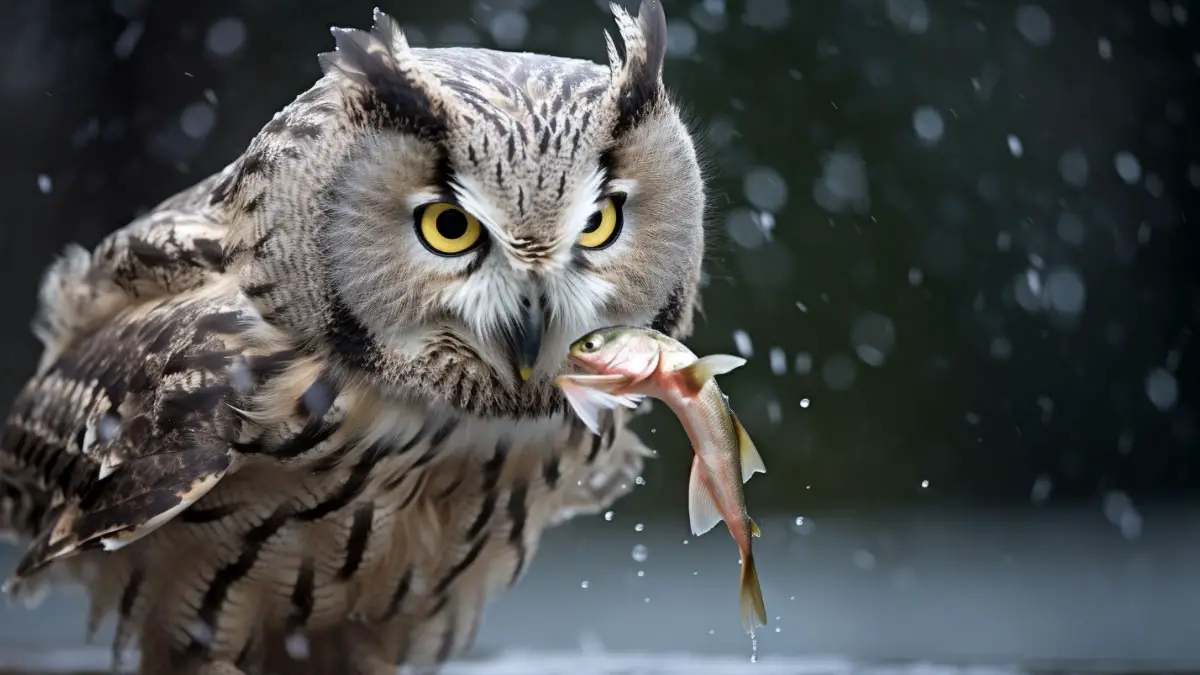If you ask someone about the sound of owls, they’d say that owls make a hooting noise. But did you know that that’s not the case for every owl? In fact, hooting noise is one of the sound variations owls make. There are a lot of different noises that you might not even know of.
So, what sounds do owls make apart from hooting? Owls also bark, cry, coo, and whistle. They also screech, growl, and toot.
Keep reading to get more findings about owls and land on some great discoveries.
What Sounds Do Owls Make?
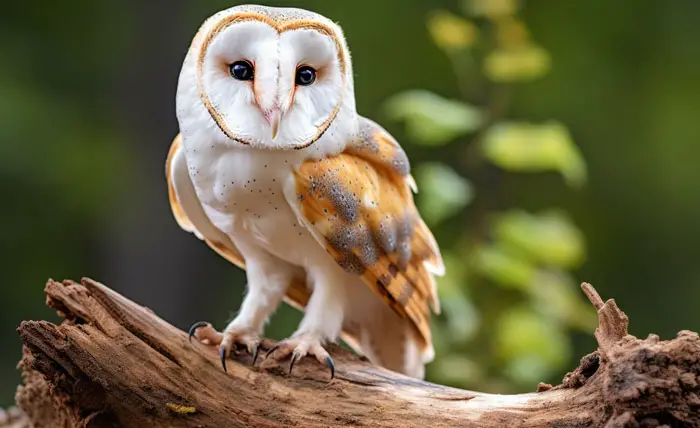
Following are the most common sounds owls usually make.
Hoots
The most common call for owls is the hooting sound. It’s so common that there are a lot of people who think owls can only make hooting sounds and nothing else. This is why it’s known as ‘The Sound of Owls.’
Great Horned Owls are specially recognized worldwide for making these short yet deep ‘hoo’ sounds. Sometimes, after this short ‘hoo’, you’ll get a long ‘hooooo.’ The noises are territorial, and you can hear them from several miles away.
Screeches
When owls detect a threat or see a threat, they shriek. If you’re talking about the Great horned owl, they’ll make this high-pitched noise and attack their threat.
Barking owls tend to make loud screeches when their breeding season arrives. Since these screams are kind of similar to a woman crying for help, the sounds are often called ‘screaming woman’ calls. You’ll find owls screaming like this after dusk. It’s a time right before dawn arrives.
All owls that stay in the Tyto genus are screechers. Barn owls produce this screech, which is a bit raspy. Sometimes, it might be referred to as a shriek, too. Even though there are lots of owls out there that screech, the Barn Owls are the ones that screech frequently.
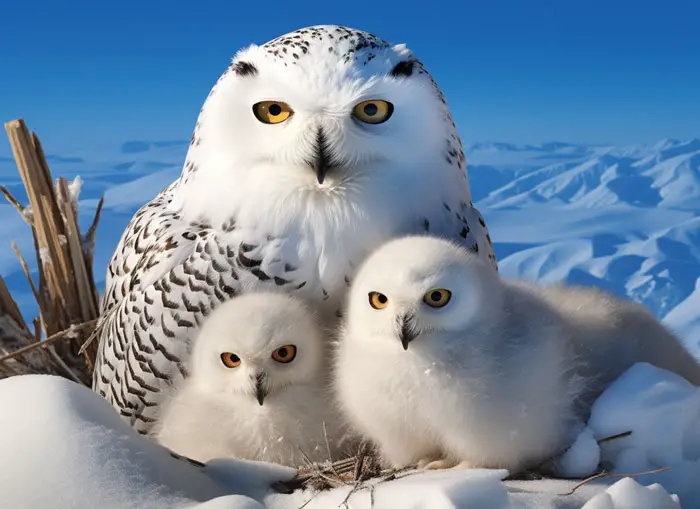
Bark
Owls, when frightened or surprised, make barking sounds as well. No, it’s not literally the bark of dogs, though. Rather, it’s more like a sharp sound given in sudden intervals. The motive is to scare off the threatening animals.
Speaking of dogs, there’s this Australian Barking owl that does make a kind of ‘wuf wuf’ noise. The sound has its versatility depending on the gender of the owl. They can go on for a few minutes to even an hour or two. However, they usually don’t keep up for the entire night.
Growl
Yep, you’ve read that right. Owls growl, too, when they want to scare off predators. Let’s talk about the Great Horned Owl again as an example. They make this low-pitched honk from deep in their throat.
Barking owls make this snarling sound, which kind of seems like a dog snarling. But these sounds don’t carry much. These are like close-range sounds.
Toot
You listen to small owls like the Northern Saw-Whet Owls, Western and Eastern Screech Owls, and Boreal Owls tend to be tooters. They make high-pitched tooting noise. You can even mistake it for whistles as well.
If you listen to the Saw-Whet Owl, sometimes it may remind you of a commercial truck. They often produce ‘toots’, which are short and sound like whistles but at the same pitch. They keep on repeating the sound over and over again, and it can last for a few minutes.
Eastern Screech owls can often produce a horse-whinny, high-pitched noise. The Western Screech Owls, on the other hand, produce this one-pitch sound. Over time, the sound becomes faster and faster and might seem like a bouncing ping-pong ball.
Different Types of Owls and Their Calls
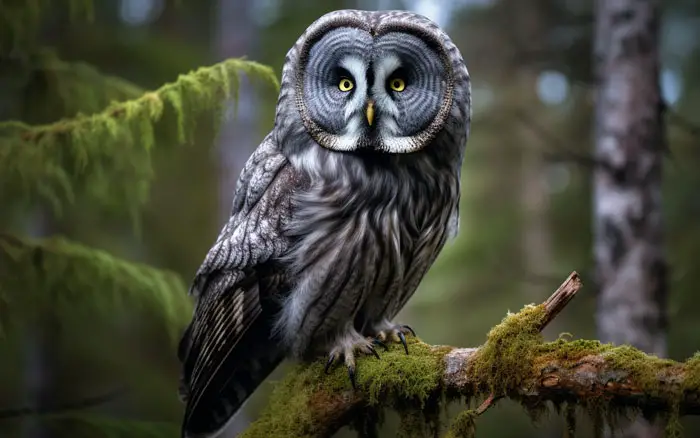
Here are some of the most common types of owls and some information on how they make sounds.
Burrowing Owls (Athene cunicularia)
It might seem that Burrowing owls live in trees. However, they actually live on the grounds. Their sound is a bit high-pitched. When the male owl wants to woo the females for reproduction, the sound goes like a high-pitched ‘coo cooooo’.
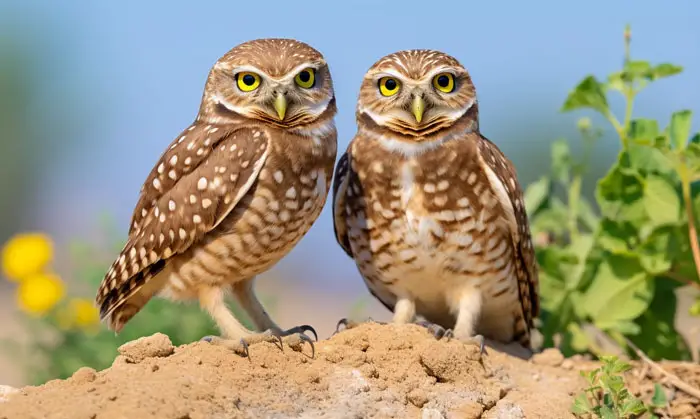
Tawny Owl (Strix aluco)
The owls are widely known for their ‘twit-twoo’ calls. These owls have large black eyes and come with streaked brown plumage. The female owl often makes a ke-wick noise while the male one produces a wavering ‘hoohoo’.
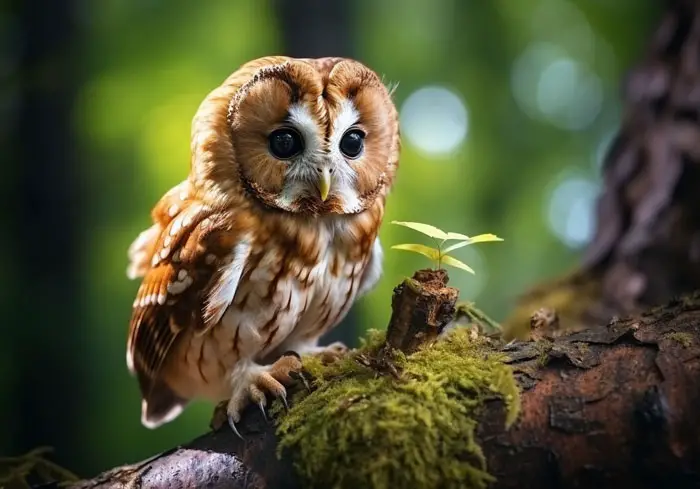
Barn Owl (Tyto alba)
You can often find these owls during the day, going for their hunts. They have this white face with undersides. Their wings and backs are often gray and pale brown in color. As they make this ‘Shrill-Screech’ noise, they’re often called a ‘screech owl.
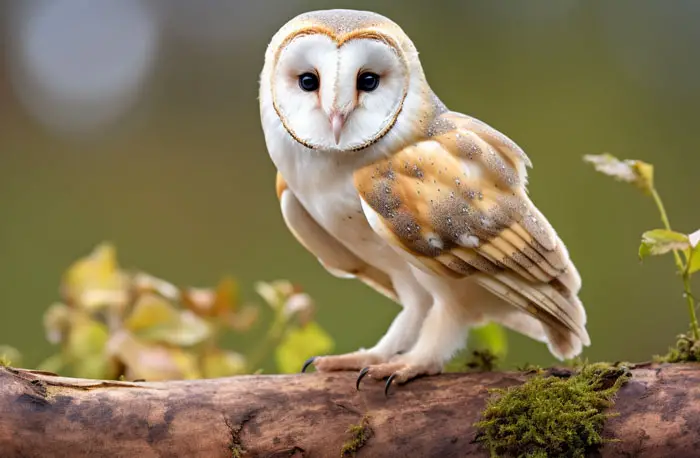
Long-Eared Owl (Asio otus)
Compared to other owls, these owls are more nocturnal. They have this one-of-a-kind ear tufts and Orange eyes.
The male long-eared owl often sings a repeated ‘hoo hoo hoo’ song while the female call is a bit higher pitched ‘hoo.’ If the male and female make noise sitting side by side, the noise is somewhat cat-like ‘ree-yow.’
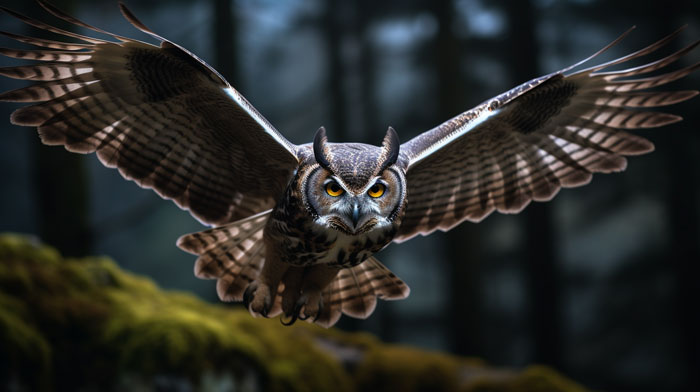
Short-Eared Owl (Asio flammeus)
These owls come with striking yellow eyes. Their face is round in shape and usually gray in color. The male song of these owls is ‘hoo-hoo-hoo-hoo’ at a fast and repetitive pace. If both males and females get together, they make a harsh bark.
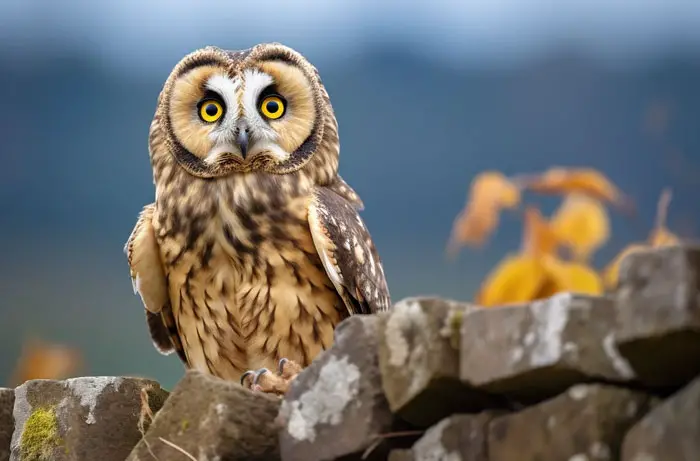
Little Owl (Athene noctua)
Their face is more like an eye mask, and their eyes are pale yellow in color. Little owl calls are short yet repetitive ‘woop.’ They also make a sharper ‘kiew-kiew’ from time to time.
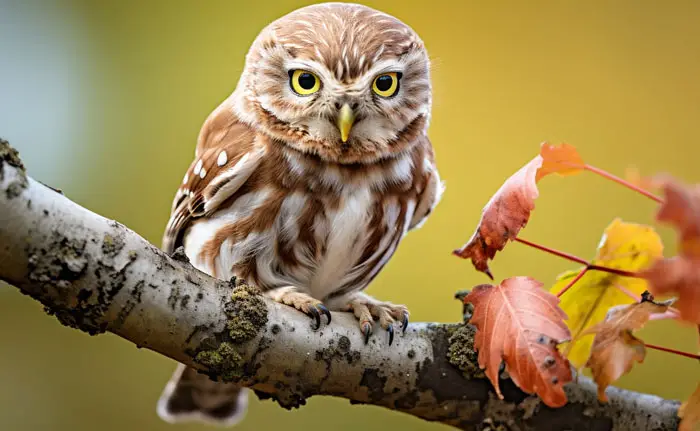
Infant Owls
Sometimes, you’ll find infant owls shrieking during the hours at night. They have the same nocturnal timing of making sounds like their parents. When owls wake up at night, their parents will go for their hunting session while the infants stay in the nest.
Infants often make a shrieking sound to call back their parents or even to signal hunger.
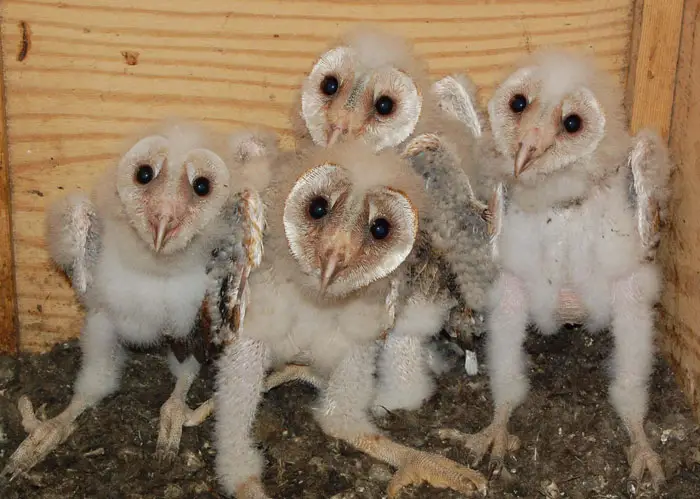
FAQ
Some questions may cross your mind. Here are some common ones.
Owls scream, hoot, and call out at night to make sure their territory stays protected from threats and they don’t lose their control over it. Sometimes, they make sounds to woo the owls of the opposite gender.
But the most important reason owls stay vocal at night is because they’re nocturnal birds and are meant for living the nightlife.
In words, ‘hoot’ is the sound owls usually make. You can read it in academic books as well. But naturally, hoot is not the only sound owls make, as we’ve learned.
Barred Owls(Strix varia) are often known for making hissing and coughing sounds.
Wrapping Up!
So, what sounds do owls make? Well, now you know that it’s more than just a hooting sound. Owls don’t always make scary noises, though. If you listen closely, some noises, like the toot, are rather cute.
But then again, when they get aggressive, especially when there’s a threat, they sure as hell are quite scary, no doubt about that.
